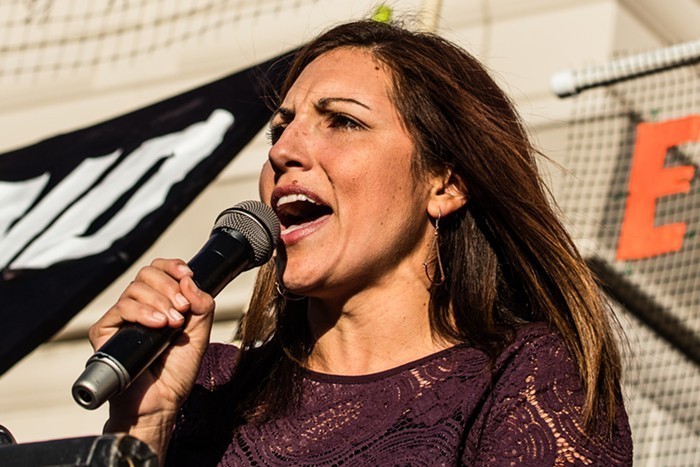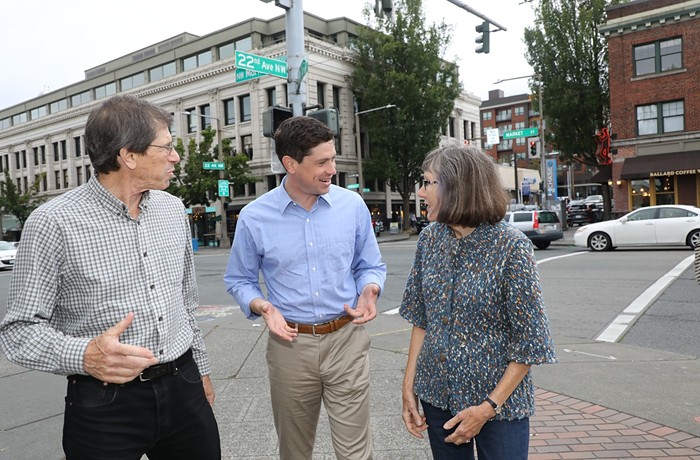
On Sunday, the Army Corps of Engineers declared that it will not grant an easement the builders of the Dakota Access pipeline need to drill under the Missouri River. This was big news—and a cause for cautious celebration—for the thousands of activists camping out in the bitter North Dakota cold.
Still, with a president-elect who openly supports construction of the pipeline through the Standing Rock Sioux's source of drinking water and a pipeline company that says they will refuse re-routing, activists are reflecting on how to move forward.
On Sunday I chatted with Tracy Rector, an artist, curator, and filmmaker from Seattle who is currently at the Oceti Sakowin camp. She described what the scene was like on the ground when tribal leaders announced the Obama administration decision, and what lessons can be learned from her experience at camp.
Can you describe your surroundings right now?
People are crying, sobbing, cheering, hugging, and celebrating. It's a huge step forward. The youth council here are reminding us that this is a moment to take a deep breath and to experience a sense of relief for a short period time, but that in two months with the change of administration that the fight will most likely need to continue.
What are some of the main lessons you're taking away from this experience?
1) That nonviolent resistance works.
2) Unifying around direct action works.
3) Social media and independent reporting work.
What should this teach the wider world?
I think the bigger lessons include a wake up call for all that we need to collectively move forward to demand alternatives to fossil fuels. Indigenous people are wealthy with culture, deep roots to the land, and a history of resistance. We are still here!
What do you think this says about who should be leading movements like these, and why?
This is an Indigenous-led movement grounded in the leadership of youth, women, and elders. I believe that the allies who showed up to learn, listen, and be humbly in support of this Indigenous-led movement speaks volumes to the transformative and healing qualities of this resistance, and reminds us all that the ancestral knowledge of these sacred grounds is a binding force of love and unity generated by the First People.
The big news outlets only came down in the last two days to cover the story of the big potential battle of wills with the veterans. I'm glad they finally came out but it was independent media and individuals using social media that rallied the many of thousands of people who arrived to Standing Rock.
Again in two months this fight will most likely reignite when Trump gets into office. He's been very transparent and clear about his support for the pipeline and his tested financial interest in it succeeding.
Wes Clark JR - A Call to Veterans from Longhouse Media on Vimeo.
Are people planning on staying at camp?
It's a good question. The youth council is reminding everyone clearly that in two months there may be a very different outcome. I'm staying to cover the vets but need to get home to my family. We plan to return every couple of weeks.


















